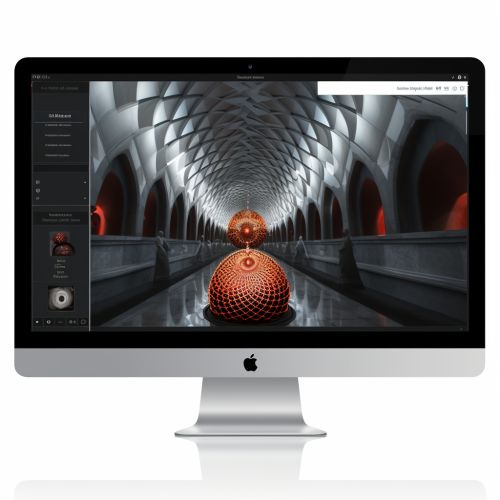Template Matching Theory
Introduction
Template matching theory is a technique used in image processing and computer vision for identifying the parts of an image that match a predefined template. This technique is widely used in various fields such as object detection, face recognition, and medical imaging.


Theory
The fundamental principle behind template matching theory is the correlation between the template and the image. The template is a small image or pattern that we want to detect in a larger image. The larger image is often referred to as the search image or the target image. The template and the target image are compared by sliding the template over the target image and calculating a match metric at each location.
There are several metrics used in template matching, including:
- Cross-correlation: This is a measure of similarity between the template and the target image. It is calculated by multiplying corresponding pixels in the template and the target image and summing the results. The location with the highest sum is considered the best match.
- Sum of Absolute Differences (SAD): This is another measure of similarity that is calculated by taking the absolute difference between corresponding pixels in the template and the target image and summing the results. The location with the smallest sum is considered the best match.
- Sum of Squared Differences (SSD): This is a measure of dissimilarity that is calculated by taking the square of the difference between corresponding pixels in the template and the target image and summing the results. The location with the smallest sum is considered the best match.
- Normalized Cross-Correlation (NCC): This is a measure of similarity that is calculated by normalizing the cross-correlation to account for variations in brightness and contrast. The location with the highest value is considered the best match.
Applications
Template matching theory has a wide range of applications in various fields:
- In object detection, template matching is used to identify objects of interest in an image. For example, in surveillance systems, template matching can be used to detect vehicles or people.
- In face recognition, template matching is used to identify faces in an image. The template in this case is a face, and the target image is the image in which we want to detect faces.
- In medical imaging, template matching is used to identify specific structures or abnormalities in medical images. For example, in mammography, template matching can be used to detect microcalcifications, which are small calcium deposits that can be an early sign of breast cancer.
- In industrial inspection, template matching is used to detect defects or irregularities in manufactured products. For example, in semiconductor manufacturing, template matching can be used to detect defects in silicon wafers.
Limitations
While template matching is a powerful technique, it has several limitations:
- Template matching is sensitive to changes in scale, rotation, and illumination. If the template and the target image are not in the same scale or orientation, or if the lighting conditions are different, the matching performance may degrade.
- Template matching can be computationally expensive, especially for large images and templates. This can be a problem in real-time applications where processing speed is critical.
- Template matching may not work well for complex objects or patterns that cannot be adequately represented by a single template. In such cases, other techniques such as feature extraction or machine learning may be more effective.
Conclusion
Template matching theory is a fundamental technique in image processing and computer vision. Despite its limitations, it remains a valuable tool for many applications due to its simplicity and effectiveness. As research continues in this field, new methods and improvements are being developed to overcome its limitations and enhance its performance.
See Also
- Image Processing - Computer Vision - Object Detection - Face Recognition - Medical Imaging - Industrial Inspection
